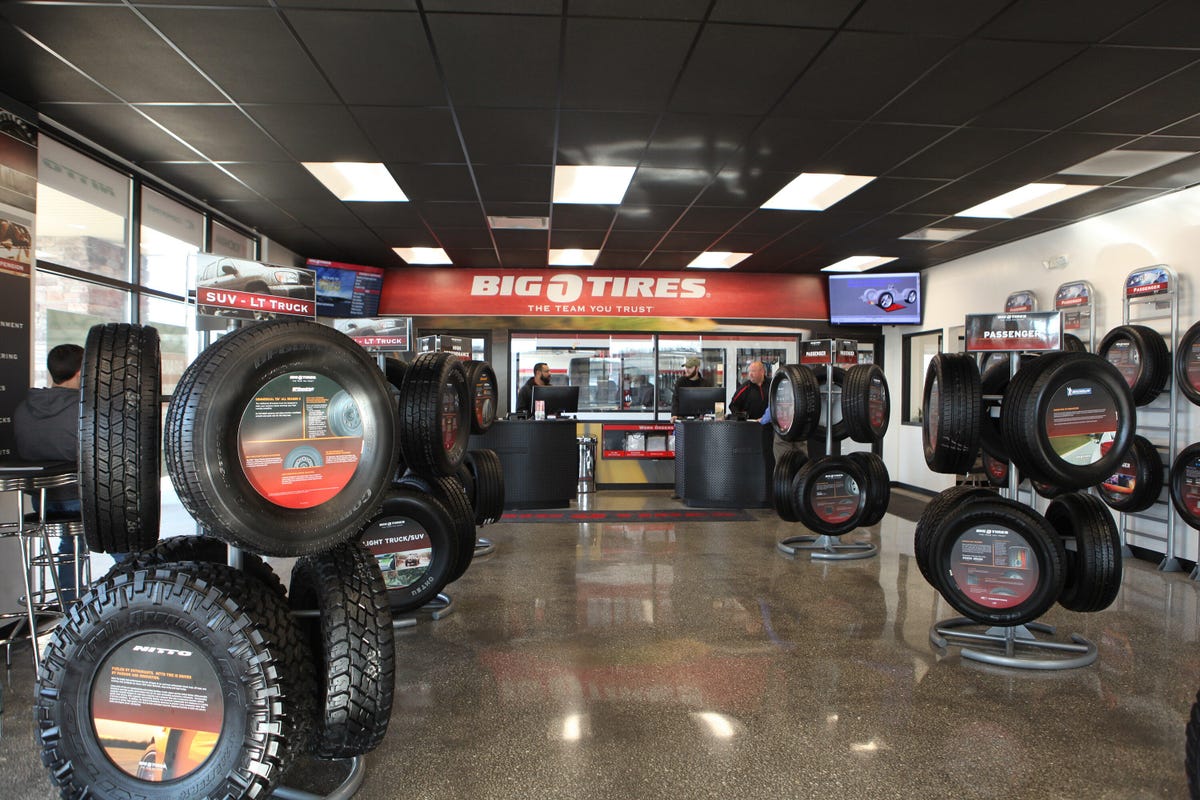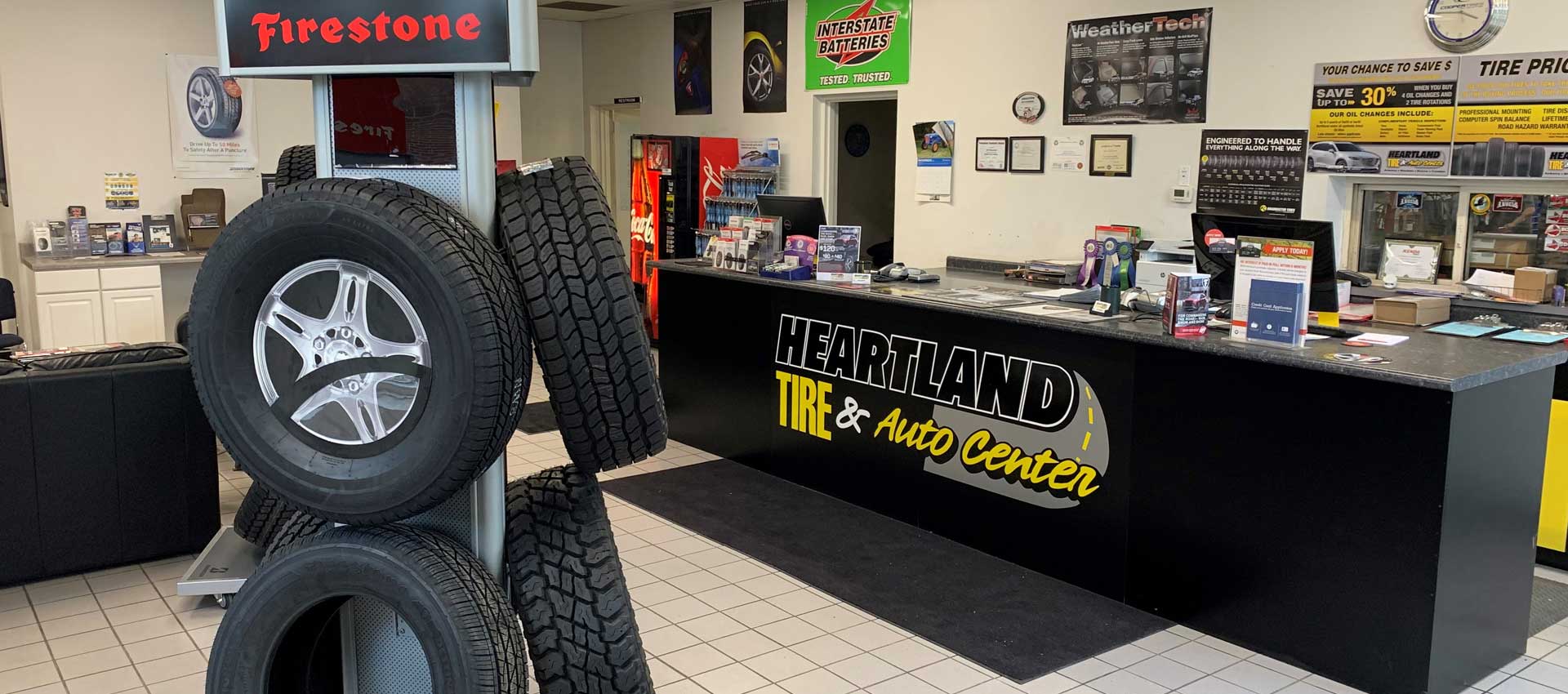Tire Service: Comprehending Tire Stress Tracking Solutions
Understanding Tire Stress Tracking Equipments (TPMS) is a crucial aspect of maintaining optimum car performance and safety on the roadway. With innovations in vehicle technology, TPMS has come to be a typical function in modern lorries, giving real-time details on tire pressure degrees. Digging much deeper right into the details of TPMS, one can discover the numerous elements that make up this system and the value of each in ensuring exact surveillance. From direct to indirect TPMS systems, the landscape of tire stress tracking varies, each with its unique collection of advantages and considerations. Keep tuned to untangle the complexities of TPMS, from upkeep tips to the undeniable benefits of maintaining your tires correctly blew up. morris tire and alignment.

Relevance of TPMS
The importance of Tire Stress Monitoring Solutions (TPMS) exists in their capacity to boost vehicle safety and efficiency via real-time tracking of tire stress levels. Preserving the appropriate tire stress is important for making certain optimal handling, braking, and general security of a lorry. TPMS gives vehicle drivers with immediate feedback on any underinflated or overinflated tires, permitting timely adjustments to be made.
Parts of TPMS
Sensors are commonly situated in the tire shutoff stem or attached to the wheel setting up, where they measure tire pressure and transfer data to the control module. Some advanced TPMS models likewise present the real tire stress analyses for each tire, supplying vehicle drivers with real-time details to guarantee optimal tire performance and safety. By monitoring tire stress continuously, TPMS assists avoid accidents, reduces tire wear, and improves gas performance, making it an essential component for vehicle safety and security and efficiency. tires morris il.
Kinds Of TPMS

On the various other hand, indirect TPMS counts on the car's wheel speed sensors to keep track of tire stress. This system finds underinflation by comparing the rotational speeds of the wheels. Indirect TPMS is less expensive than straight TPMS, as it utilizes existing sensors within the vehicle.
While straight TPMS supplies a lot more precise analyses, indirect TPMS is easier in design and usually requires less upkeep. Both systems have their advantages and constraints, and the choice between them often depends upon factors such as price, automobile make, and personal preference. Recognizing the distinctions between these two kinds of TPMS can aid automobile proprietors make educated choices regarding tire maintenance and safety and security.
TPMS Upkeep Tips
Conduct routine checks on the tire stress degrees and compare them with the TPMS analyses to ensure they are regular. During tire turning or replacement, make certain that the TPMS components are managed thoroughly to protect against any type of potential damage. If the TPMS advising light illuminates on the control panel, address the concern promptly by inspecting the tire stress and the overall system for any type of faults.
Advantages of Correct Tire Pressure
Preserving correct their explanation tire pressure, as highlighted in TPMS Maintenance Tips, is vital for reaping the many advantages related to ideal tire pressure levels. Among the primary benefits of preserving the proper tire stress is improved fuel effectiveness. When tires are effectively inflated, there is less description rolling resistance, bring about better fuel economy. Furthermore, appropriate tire pressure makes certain also tire wear, extending the lifespan of the tires and promoting much safer driving problems. With the right tire pressure, cars likewise have much better handling and traction, particularly in damaging climate condition. This can enhance total driving performance and safety and security for the chauffeur and passengers. Keeping optimal tire pressure can add to a smoother and much more comfortable ride by reducing resonances and noise caused by underinflated tires. To conclude, the advantages of appropriate tire stress surpass simply tire longevity; they incorporate improved gas effectiveness, improved safety and security, far better automobile efficiency, and overall driving comfort.
Final Thought
To conclude, recognizing tire pressure surveillance systems (TPMS) is vital for maintaining ideal tire pressure and making certain car safety. By acknowledging the importance of TPMS, recognizing with its components, knowing the different types offered, sticking to proper upkeep tips, and recognizing the benefits of preserving correct tire pressure, vehicle drivers can improve their driving experience and lengthen the lifespan of their tires. Appropriate tire stress is key to effective and secure vehicle operation.
